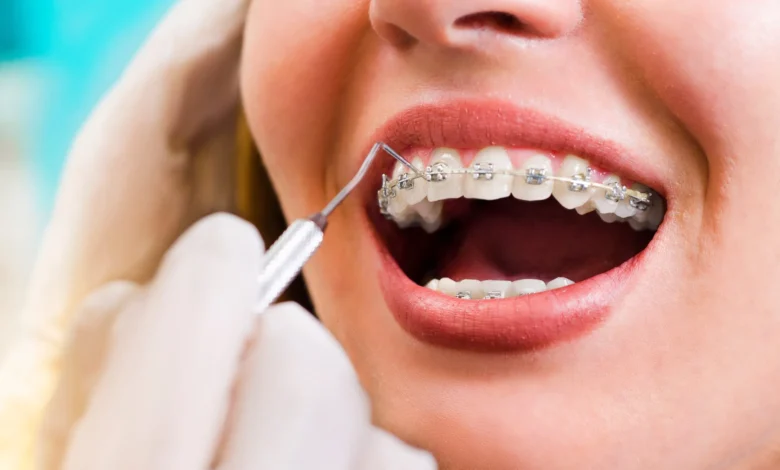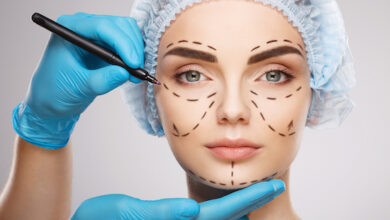Orthodontic Options for Adults

Orthodontics isn’t just for teenagers. Many adults are now seeking treatments to improve their dental health and smile. Orthodontic care can address alignment issues and jaw irregularities, enhancing both function and appearance. Here is more information on orthodontic care for adults, detailing what orthodontics is, the issues it can treat, and the various strategies used:
What is Orthodontics?
Orthodontics is a specialized field in dentistry focused on diagnosing and correcting teeth and jaw misalignment. It involves treatments that guide the proper alignment and positioning of the teeth. These treatments often improve not only dental aesthetics but also the functionality of the bite.
Orthodontic procedures are designed to gradually correct alignment through devices that apply gentle, consistent pressure. Skilled orthodontic professionals assess each patient individually to determine the most effective treatment plan. With technological advancements, adults now have a diverse range of orthodontic options available.
What Issues Does It Treat?
Orthodontics addresses several common dental concerns. Crooked or overcrowded teeth, which can make brushing and flossing less effective, are a common focus. Issues like overbites, underbites, and crossbites are also treated to improve the alignment of the jaw. These conditions, if untreated, can lead to uneven tooth wear or jaw discomfort.
Adults may also seek orthodontic solutions for spacing problems caused by missing teeth. Gaps not only affect appearance but may also impact chewing and speech. Orthodontics may help realign the teeth to fill in spaces or prepare for dental implants where necessary. Some adults undergo orthodontic treatments to correct the aftermath of dental shifts caused by aging or changes in their bite over time. Addressing these issues helps promote better oral health and functionality.
What Strategies Does It Use?
Orthodontics employs several devices and tools depending on the individual’s needs. Braces, available in various forms such as metal, ceramic, and lingual (placed behind the teeth), are a common choice for correcting alignment. Other options include brackets and wires to gently move teeth into their desired positions.
Palatal expanders are another method used to widen the upper jaw when necessary. These devices are often used to make additional room for teeth that may otherwise crowd or misalign. Rubber bands, or elastic bands, can supplement braces or standalone dental devices by helping to align the jaw and address bite-related concerns. They apply directional pressure to guide teeth into proper positioning.
Retainers also play a role in maintaining the results of orthodontic treatment. Following alignment correction, retainers prevent teeth from shifting back to their original positions. Depending on the patient’s needs, retainers may be fixed or removable. Consultation with an orthodontist will help you know which method is suitable for your needs and teeth conditions.
Your Orthodontic Journey Begins Here
Orthodontic care for adults offers an opportunity to address alignment issues and improve oral health. Whether you need braces, retainers, or other orthodontic treatments, understanding your options is the first step. An experienced orthodontic professional can guide you through the process, tailoring treatments to meet your specific needs. Start your orthodontic journey and discover the difference proper alignment can make for your smile and confidence.





